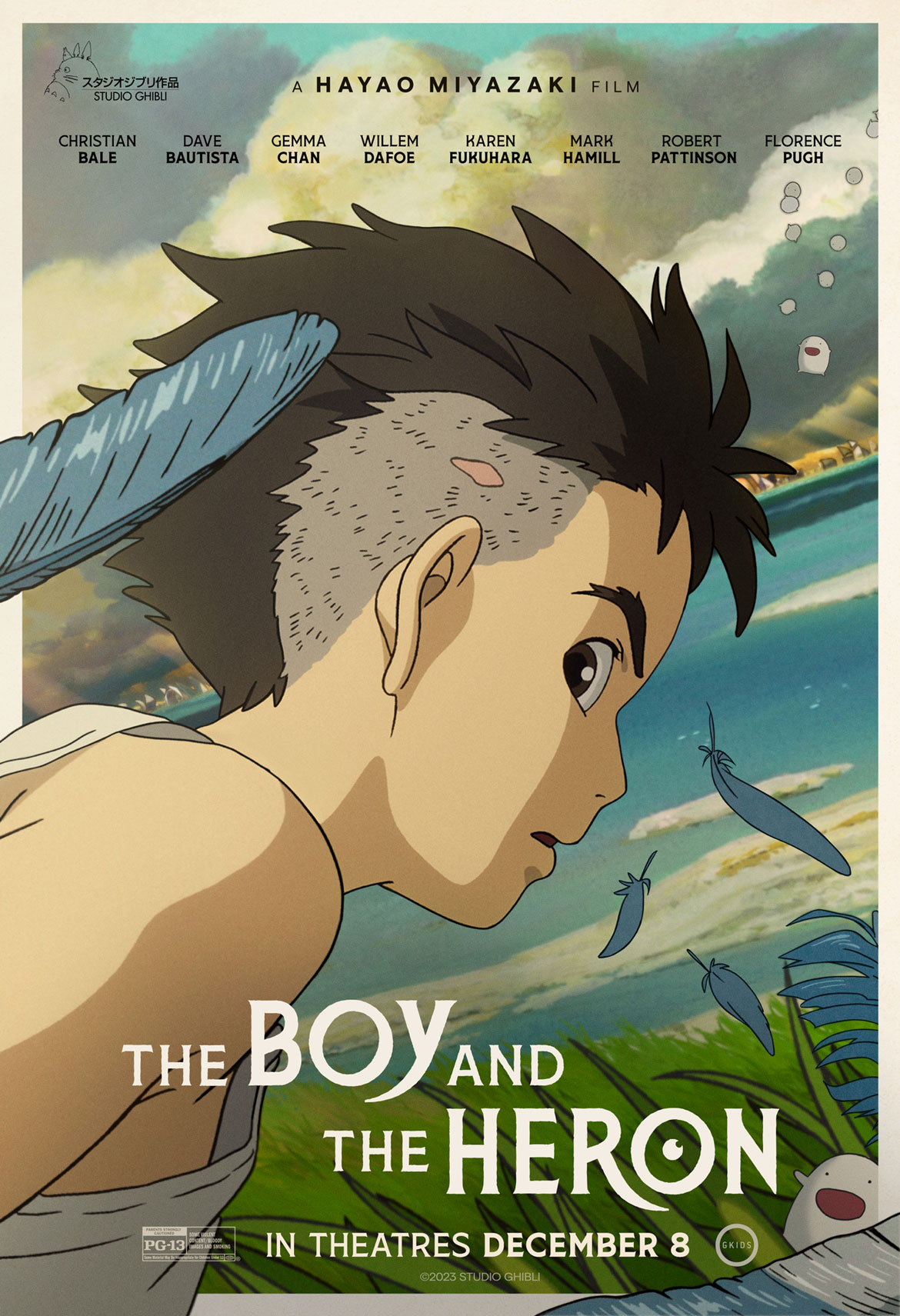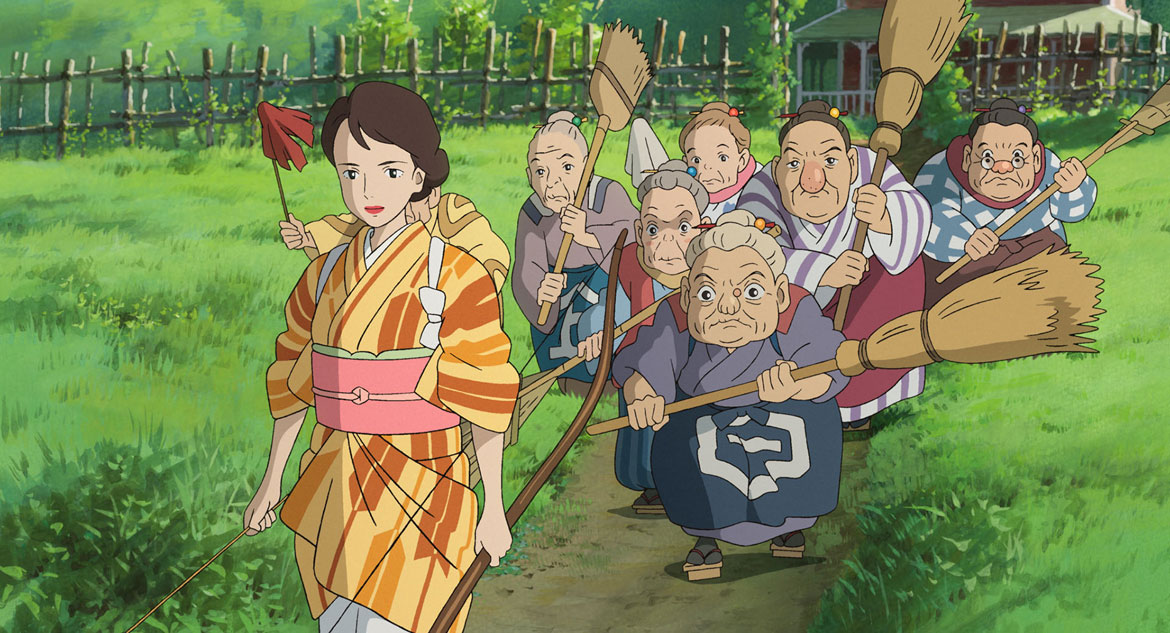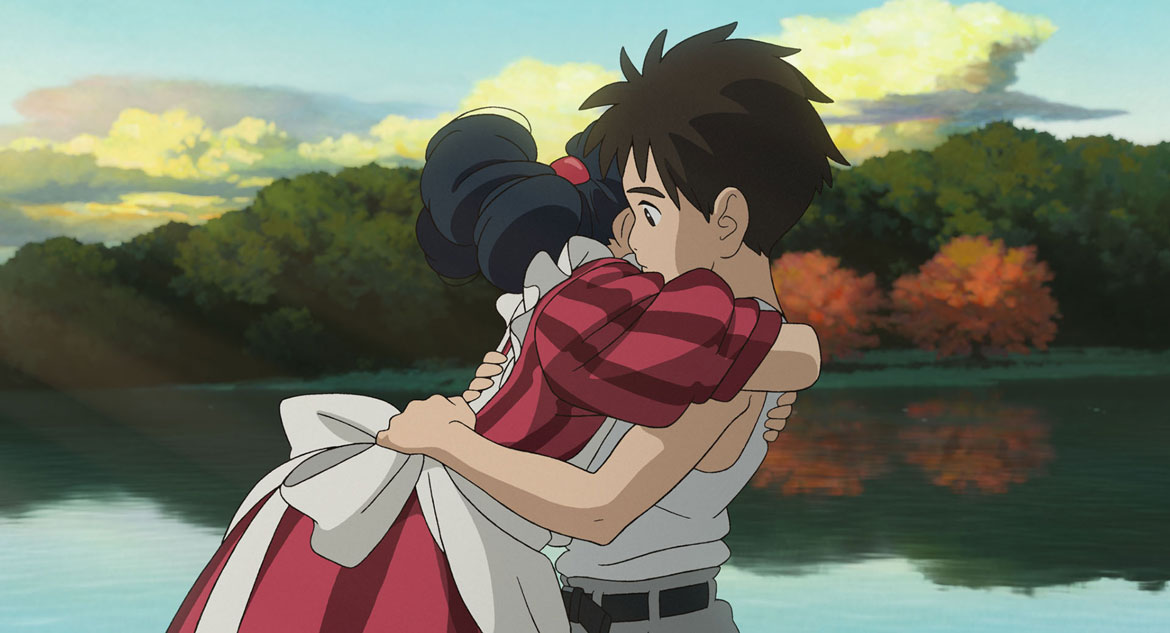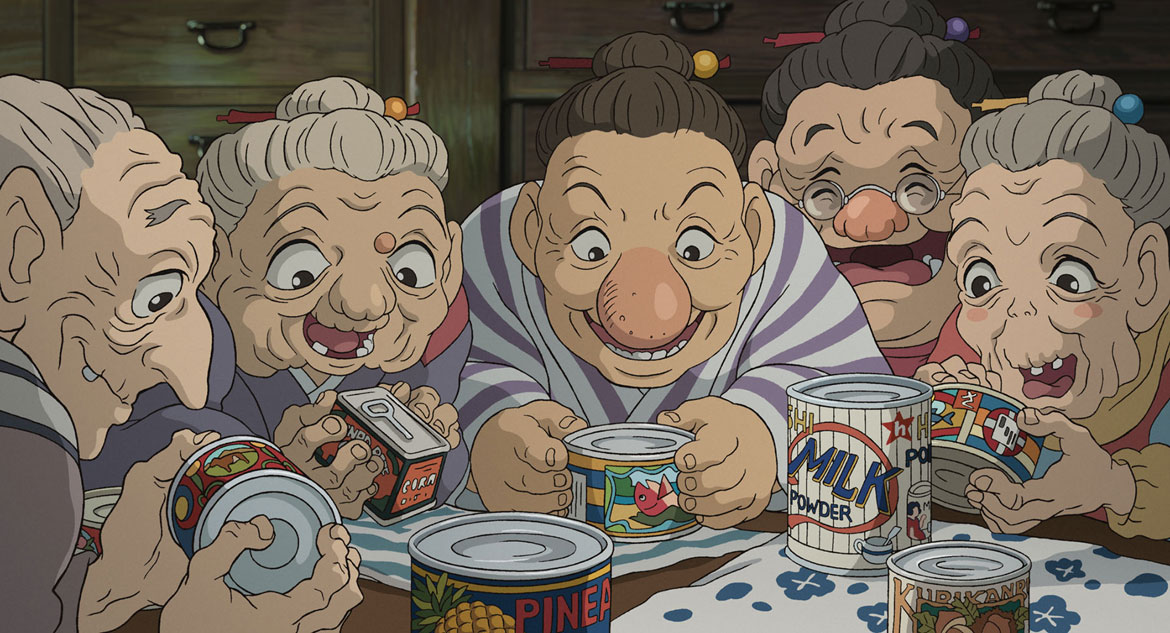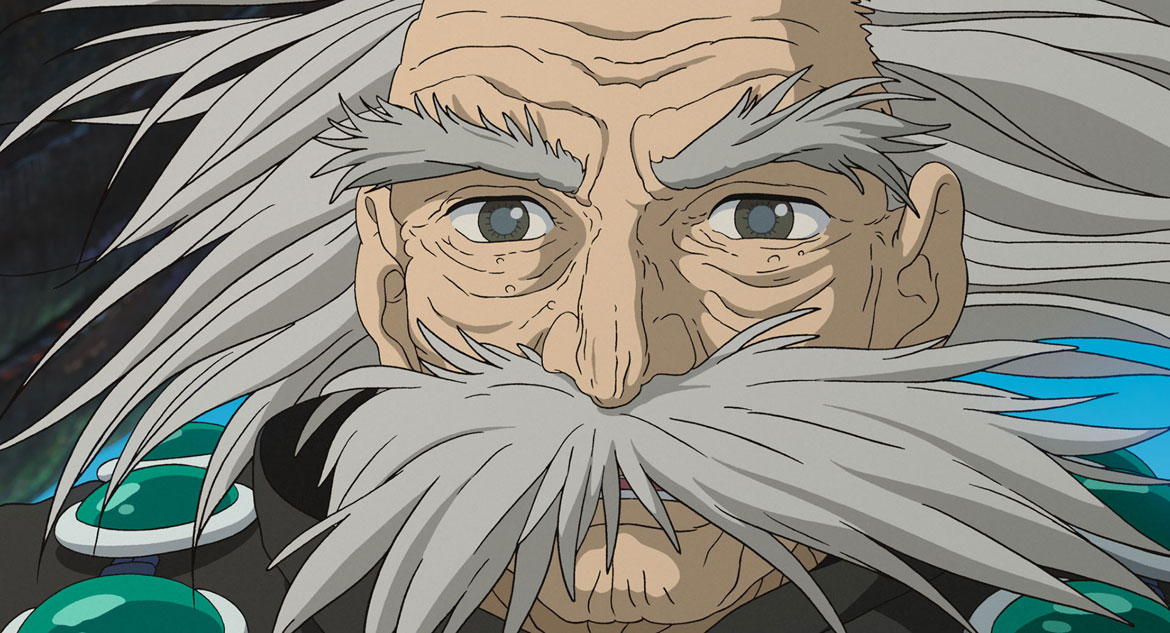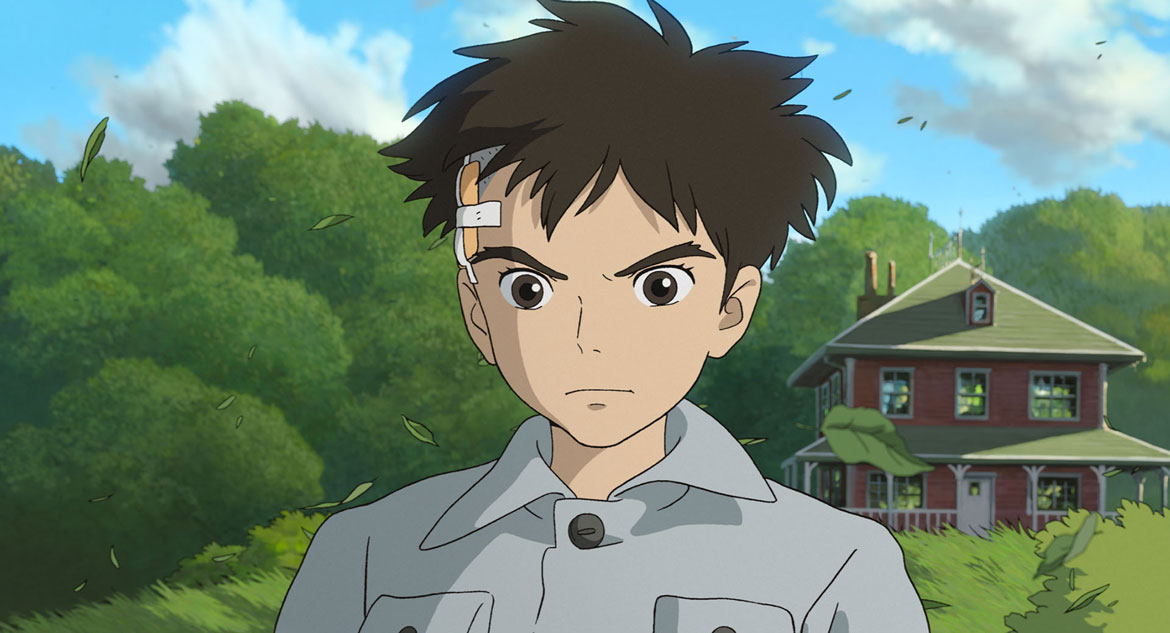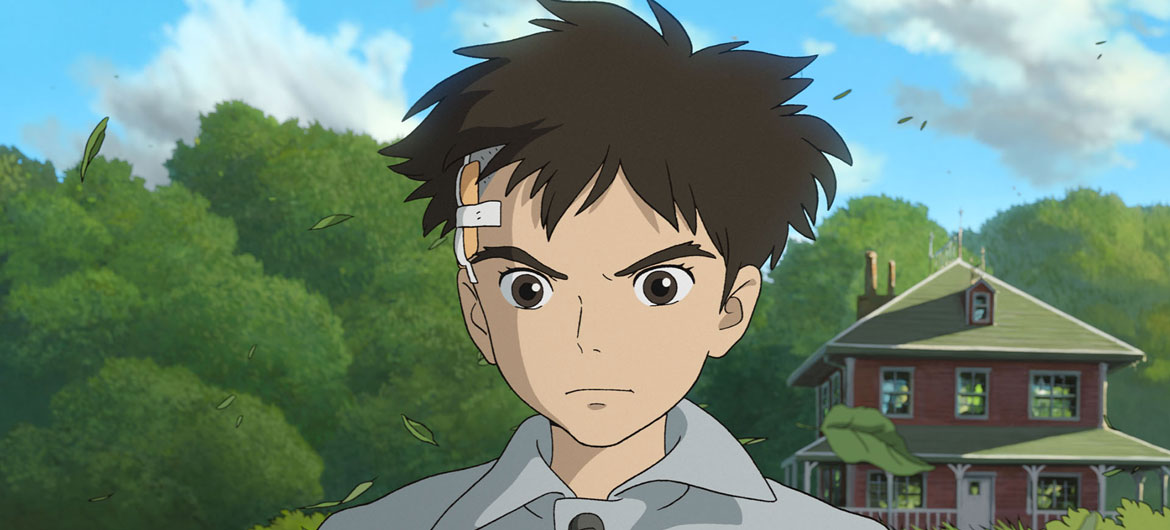A blaze at the hospital where his mother works awakens a young boy. The boy, Mahito Maki, runs through the streets to the fire, but his mother perishes in the flames. It’s the third year of Japan’s Pacific War—World War II with the United States and its allies. The following year, the boy and his father evacuate Tokyo to move to the countryside, where his father runs a warplane factory and has a new pregnant bride, the sister of his dead wife, who may as well be her twin.
So begins Studio Ghibli’s “The Boy and the Heron” (the original Japanese title translates as “How Do You Live?”), written and directed by the genius Hayao Miyazaki. The film—which follows upon Miyazaki’s 2013 movie “The Wind Rises,” about the designer of Japan’s World War II Zero warplane—is the story of Mahito coming to terms with his grief and accepting his stepmother as his mother. It’s told as a wild dreamlike fantasy, like Miyazaki’s 2001 film “Spirited Away” or a Buddhist Luis Bunuel.
Mahito and his father settle into a rambling country estate—where Mahito sinks into the slow halting haunted strange interta of grief and depression. The place is haunted by a heron, with upsetting teeth, who tells Mahito to save his mother, who tells the boy he can bring him to his mother. The bird takes him to an abandoned tower, overgrown by vines, where a great uncle had gone mad and disappeared. They find a warren of tunnels underneath it, but are forbidden by grownups to go back.
Nonetheless Mahito goes back, hoping to find his mother. Inside the tower are grand rooms, and seas and other worlds—a landscape of anxiety dreams—that transports him in place and time. He meets fetal spirits, giant parakeets, and dream-logic versions of his mother, his stepmother, his unborn half-brother, his great uncle—and struggles to rescue them all.
Miyazaki was born in Tokyo in 1941, he’ll be 83 in January. His father helped run his brother’s company which manufactured rudders for fighter planes during the war. And also like the boy in the movie, the family fled bombings by evacuating to the countryside. “The Boy and the Heron” can make you suspect that Miyazaki is wrestling with his childhood memories of the war, wrestling with his own memories as well as wrestling with the national memory. It can feel as if he’s pondering who he is now and the accumulating losses of age. And that the dizzyingly strange poetic visions here are a way of perhaps trying to make peace with it all.
If this is the kind of coverage of arts, cultures and activisms you appreciate, please support Wonderland by contributing to Wonderland on Patreon. And sign up for our free, occasional newsletter so that you don’t miss any of our reporting. (All content ©Greg Cook 2024 or the respective creators.)
